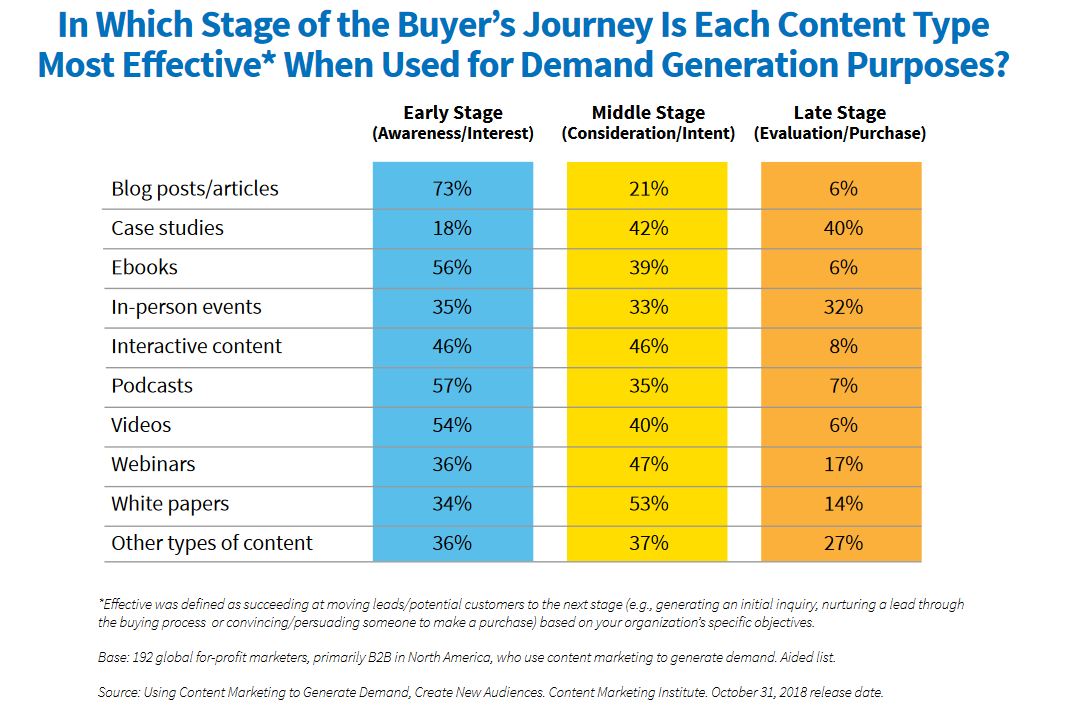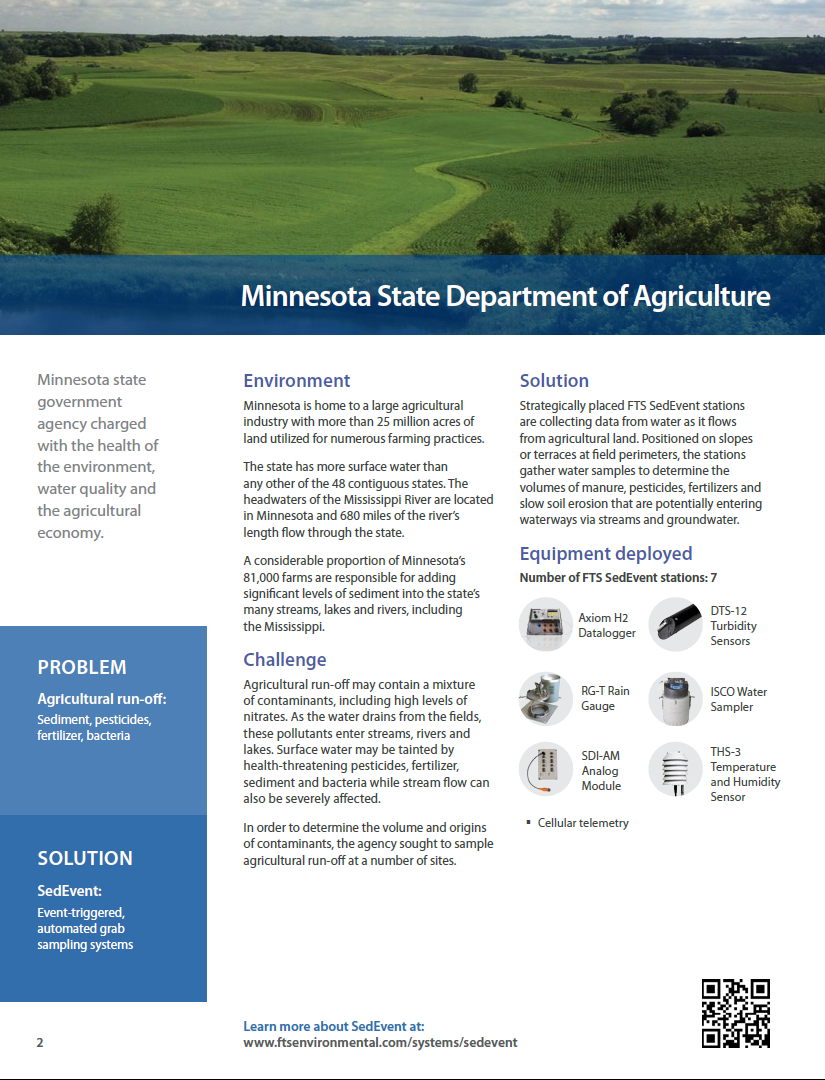
When you’re in a B2B setting where results matter more than feel-good stories, there’s a content strategy that stands out as the true king: the mighty case study, a no-nonsense marketing vehicle that tells your prospects exactly what you do and how you do it. The case study appeals to prospects who don’t want to waste time wading through white papers or jumping on a sales call just to see if your business or service could potentially be a good fit. With this relatively simple document, you can attract stronger leads, close new business faster, and grow your business on a foundation of trust.
What is a case study?
Simply put, a case study is a written description of how your product/service was used to overcome a specific problem for a particular client.
They tend to follow a defined structure:
- This is our client
- This is the issue/problem they were experiencing
- This is how our product/service helped them overcome their challenge
- The client’s description (in their own words) about the process and the outcome
- This is how our product/service can help your business, too.
Why are case studies a good marketing tool?
Case studies are pure social proof. They tell a story about a customer who had a problem, how your service helped them solve that problem, and what the benefits of using your solution were, whether it was bringing them more time, more profit, or more exposure to their target audience – or all of the above.
Case studies aren’t a new idea, but demand has been growing from the companies selling products and the decision-makers looking to buy. Successful business people are discovering that this piece of content, once relegated to the resources section of a website, is capable of doing a significant amount of heavy lifting when it comes to driving sales and converting leads.
“You can’t just place a few “Buy” buttons on your website and expect your visitors to buy whatever you’re telling them to purchase. That’s just not how our brains work.” – Neil Patel
According to the Harvard Business Review, 83% of prospects read case studies in their entirety. That’s considerably more than any other form of content. The Content Marketing Institute shared a report that shows how case studies are particularly effective, especially as leads get closer to making their buying decision. When you catch people at this later stage and hit them with a case study, you greatly increase your ability to convert them from prospects to clients.

Three reasons why case studies drive business
1. They’re the ultimate social proof
Social proof uses the words of real humans to sell something and, not surprisingly, we trust the words of real humans. Think about how often you visit sites like Yelp, TripAdvisor, Facebook, and Google Reviews before booking a hotel or going to a restaurant, or how much time you spend reading reviews on places like Amazon before you buy anything. This time you’re investing is actually evaluating the social proof of the product or service you’re considering. It’s no different in a B2B setting. Case studies are effectively the B2B version of these review sites: showing that your product has been vetted by other businesses and brands. And it works.
Bonus – case studies are a great tool for converting on-the-fence or cold prospects.
The next time you have a prospect who isn’t sure you can help them with a problem, show them a case study that demonstrates how you can (and have) solved that particular problem for an organization they’re familiar with in their industry. Case studies are also great if you’re sending cold emails to prospects: including a case study to show how you’ve helped businesses like theirs gives people a reason to trust you.
Case studies are chock-full of your customers’ actual words. Not what you think they’d say. Not what you want them to say, but the words that came out of their mouths.
2. They are specific
Unlike other pieces of content on your website, case studies are specific.
Why does this matter? It shows an example of your business solving specific problems with a specific solution (especially if that solution can be customized). This puts you in the advantageous position of being able to target specific customers, to let them know how you can help them, supported by existing customer’s sentiments and statements (see point #1 about social proof).
Best of all, case studies are filled with statistics and hard data from past customers to demonstrate how effective you are at solving their unique challenge.
Case Studies talk about a specific industry. They talk about a specific problem. And, they talk about a specific solution.
3. They can showcase different applications of your product/service
Another benefit of case studies is they can be broad, showcasing the overall effect of choosing your product/service, or they can be used to highlight a specific application. Depending on your need, you could have multiple case studies for the same project or client, with each case study showcasing a different aspect of your service, without requiring multiple conversations with your client. Fewer interruptions to your client’s world, more value to your organization.
What can you do with customers who can’t give an endorsement?
Sometimes, your client can’t give you a recommendation or testimonial, no matter how much they love your product. For example, the USGS won’t endorse a specific vendor, but we were able to interview crews across the country who were using our client’s technology. Through brief interviews, we collected true stories of the unique challenges these teams were facing, to create a series of case studies to share real-world examples of our client’s product at work. Merely confirming that our client’s tools were being used in the field provided enough value to make the case study a valuable tool for this sales team.
How can BoringCopy.com help you create compelling case studies?
Our job is to make your job easier, so we take on the bulk of the work for you. Once you have approval from your client to proceed with a case study, we’ll need a virtual introduction with them so we can take it from there. We’ll complete the interview, gather useful quotes, and create the initial case study with supporting content for sharing via social media. We can even format the case study for you, or ship it to your creative team to complete the final layout. You get the ball rolling, and we’ll carry it the rest of the way.
Contact us to create case studies that will help your sales team make stronger connections that lead to faster – and better – conversions.

Doug Paton
Douglas Paton has been writing professionally for 20 years and has written for National Geographic, Scholastic Inc., and Crowne Plaza Hotels. He lives and works in the southern interior of British Columbia.

